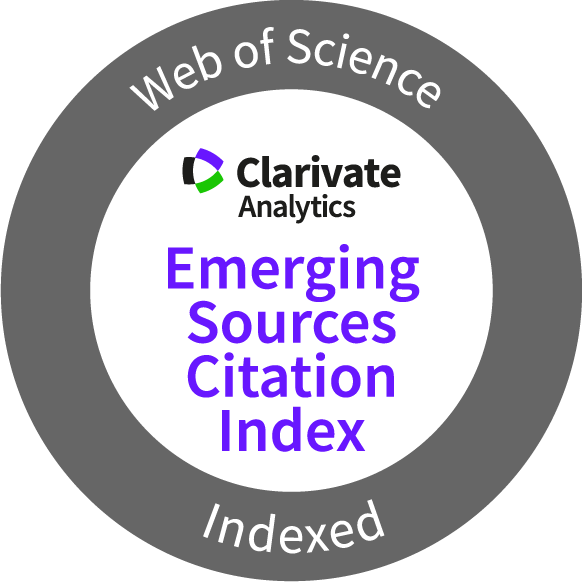Chemistry Journal of Moldova
COMPUTER-BASED PREDICTION OF TOXICITY USING THE ELECTRON-CONFORMATIONAL METHOD. APPLICATION TO FRAGRANCE ALLERGENS AND OTHER ENVIRONMENTAL POLLUTANTS
Author(s):
Field:
Type:
Issue: 2012 Volume 7, no.1
Pages: 145-156
Natalia N. Gorinchoy and Isaac B. Bersuker
Field:
Type:
Issue: 2012 Volume 7, no.1
Pages: 145-156
Structure-activity relationships, Electron-conformational method, Toxicity screening and prediction, fragrance allergens.
Full Text (PDF): Download
DOI: dx.doi.org/10.19261/cjm.2012.07(1).27
Graphical Abstract: The electron-conformational (EC) method is employed for the toxicophore (Tph) identification and quantitative prediction of toxicity using the training set of 24 compounds that are considered as fragrance allergens. The values of a=LD50 in oral exposure of rats were chosen as a measure of toxicity. EC parameters are evaluated on the base of conformational analysis and ab initio electronic structure calculations (including solvent influence). The Tph consists of four sites which in this series of compounds are represented by three carbon and one oxygen atoms, but may be any other atoms that have the same electronic and geometric features within the tolerance limits. The regression model taking into consideration the Tph flexibility, anti-Tph shielding, and influence of out-of-Tph functional groups predicts well the experimental values of toxicity (R2 = 0.93) with a reasonable leaveone- out cross-validation.
Downloads: 23






